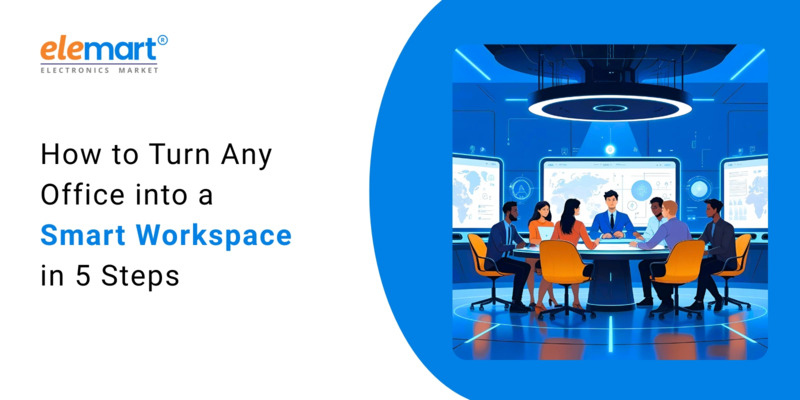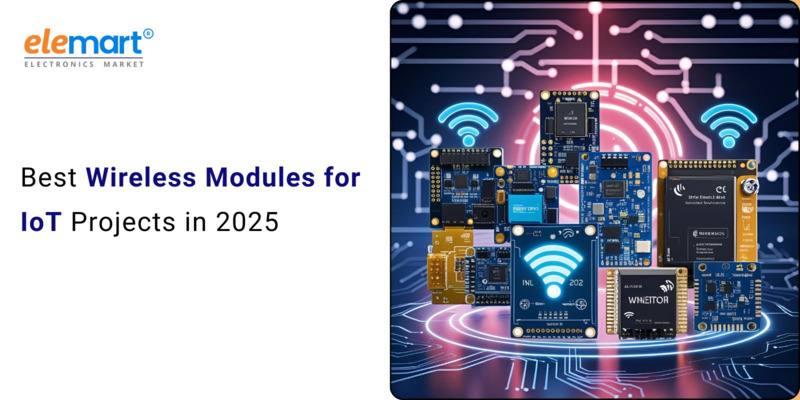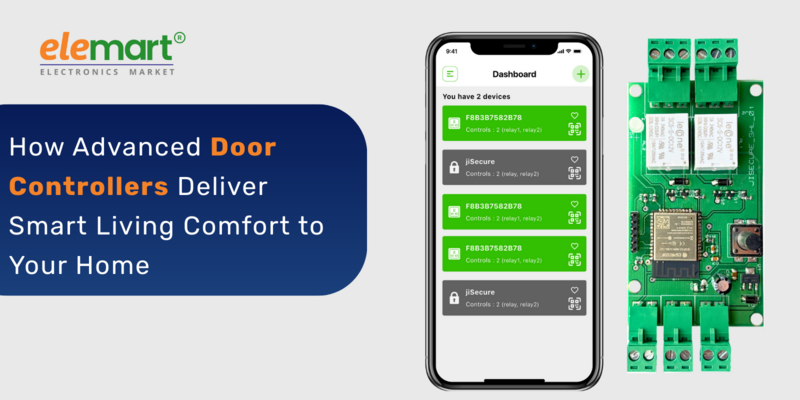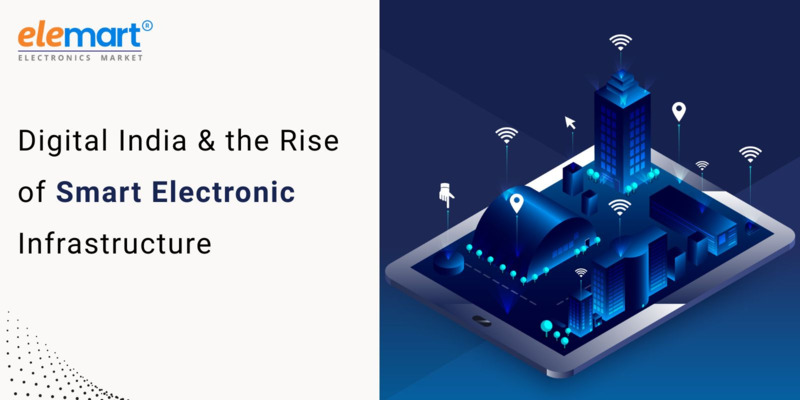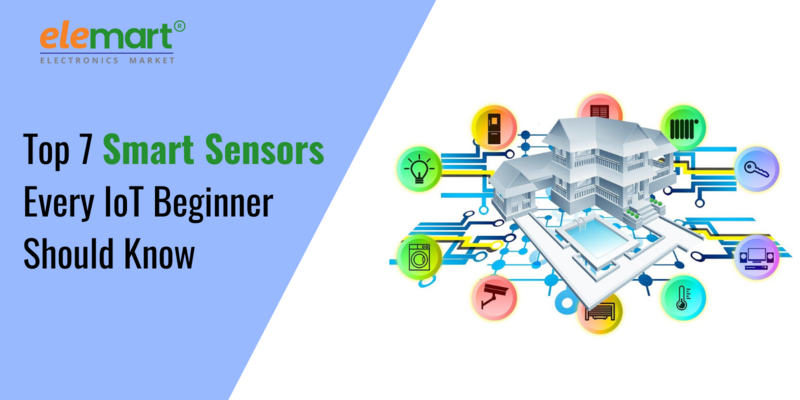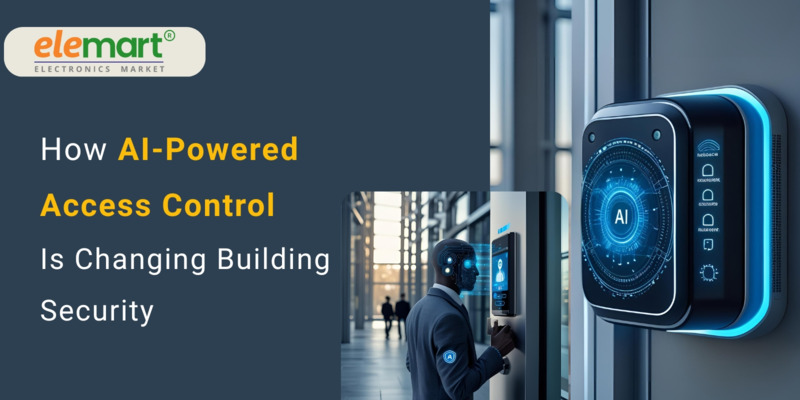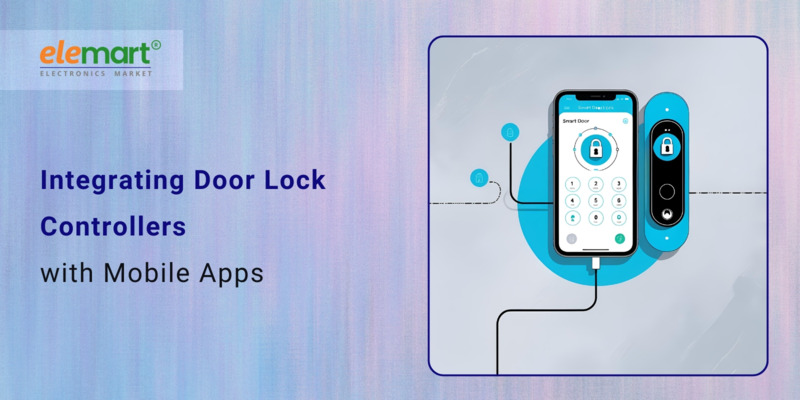- Jun 18, 2025
Share this post on:
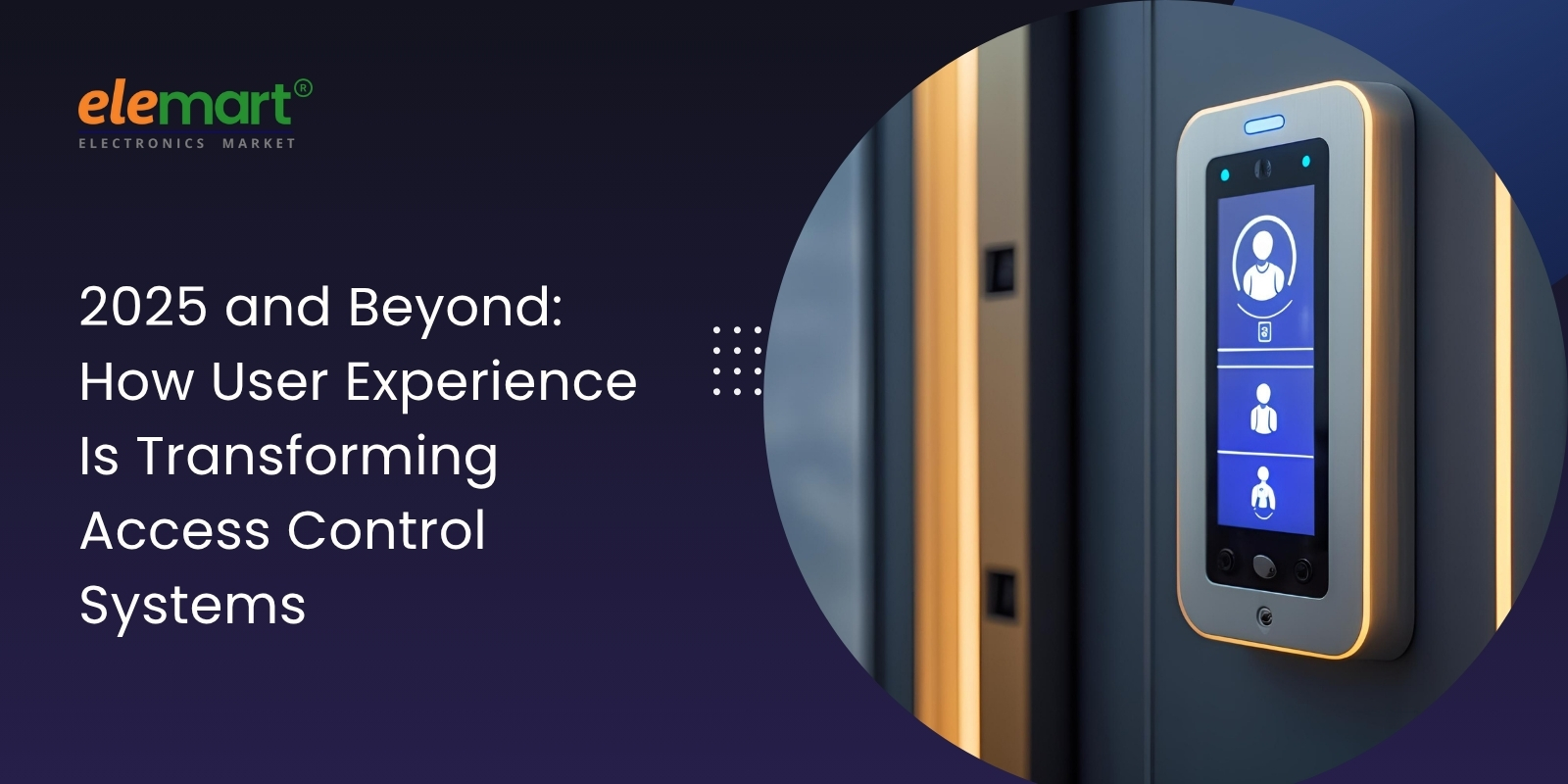
For years, access control systems have largely been the domain of security professionals. Think keycards, PIN pads, and complex programming interfaces – functionality prioritized over ease of use. But that's rapidly changing. The convergence of IoT, AI, and a heightened focus on employee well-being are driving a dramatic shift: User Experience (UX) is becoming the defining factor in access control system design and adoption. Looking ahead to 2025 and beyond, we're poised to witness a revolution in how we manage physical access, moving from clunky, utilitarian tools to intuitive, personalized, and even invisible experiences.
The Problem with the Old Way: Security vs. Usability
Traditional access control systems often presented a frustrating trade-off. Enhanced security frequently came at the expense of user convenience. Consider the experiences of:
- Employees: Forgetting keycards, struggling with complicated menus, needing assistance from IT for simple tasks – these daily frustrations impact productivity and morale.
- Visitors: Lengthy check-in processes, confusing signage, and a general feeling of being unwelcome create a poor first impression.
- Security Personnel: Constantly fielding questions, manually verifying identities, and dealing with system errors consumes valuable time and resources.
This isn't just about aesthetics; it’s about functionality. Poor UX leads to user workarounds (bypassing security protocols), increased support costs, and ultimately, a less secure environment.
2025: The Tipping Point – What's Driving the Change?
Several key factors are accelerating the UX revolution in access control:
- The Rise of Hybrid Work: The widespread adoption of hybrid work models necessitates flexible and adaptable access control solutions. Employees working remotely require seamless access to physical spaces, and facilities need to manage fluctuating occupancy levels efficiently.
- Mobile-First Mindset: Consumers expect intuitive mobile experiences in every aspect of their lives, and they expect the same from their workplaces. Mobile access is no longer a luxury; it’s an expectation.
- Focus on Employee Wellbeing: Companies are increasingly prioritizing employee wellbeing and creating positive workplace environments. A streamlined and user-friendly access control system contributes to a less stressful and more productive workday.
- Integration with Other Systems: Access control is no longer a standalone system. It's increasingly integrated with building management systems (BMS), HR platforms, visitor management systems, and even IoT devices, demanding a unified and intuitive user experience.
- Increased Security Threats: Ironically, the desire for enhanced security is also driving UX improvements. By making systems easier to use and understand, organizations can reduce the likelihood of human error and improve overall security posture.
Key UX Trends Shaping Access Control – Now and in the Future
Let's break down the specific trends we're seeing and anticipate, categorized by key areas:
1. Authentication Methods – Beyond the Card
- Biometrics Reign Supreme (But with Nuance): Facial recognition, fingerprint scanning, and even vein pattern recognition are gaining traction. However, ethical considerations (privacy, bias) are crucial. Future systems will likely incorporate multi-factor biometric authentication – combining different biometric methods for increased security and reliability, and offering user choice. "Liveness detection" will become standard to prevent spoofing.
- Mobile Authentication as the Default: Smartphone-based access is becoming the norm, leveraging Bluetooth, NFC, and QR codes. Expect integration with digital wallets and employee ID apps.
- Behavioral Biometrics: Analyzing how users interact with the system (walking speed, typing patterns) to establish baseline behavior and detect anomalies. This “invisible authentication” adds a layer of security without requiring explicit action from the user.
- Voice Authentication: While still in its early stages, voice recognition offers a hands-free access solution, especially beneficial in healthcare or industrial settings.
2. User Interface (UI) and User Interaction (UI)
- Context-Aware Interfaces: Systems will adapt to the user's role, location, and time of day, displaying only relevant information and options. Imagine a visitor management system automatically displaying instructions based on their appointment type.
- Natural Language Processing (NLP) Integration: Voice commands and chatbots will simplify common tasks, such as requesting access for a visitor or reporting a malfunctioning reader.
- Personalized Dashboards: Security personnel will have customizable dashboards providing real-time insights into system activity, alerts, and reports.
- Simplified Visitor Management: Touchless check-in kiosks, automated badge printing, and pre-registration workflows will create a smoother visitor experience.
- Gamification: Using game-like elements (points, badges, leaderboards) to encourage compliance with security protocols and reward positive behavior. (This is a more experimental, but potentially impactful, trend.)
3. System Architecture and Data Management
- Cloud-Based Access Control: Offers scalability, remote management, and real-time data analytics. However, security and data privacy concerns must be addressed.
- Edge Computing: Processing data locally on access control devices reduces latency and improves reliability, especially in areas with limited internet connectivity.
- Data Analytics & AI-Powered Insights: Analyzing access patterns, identifying potential security threats, and optimizing resource allocation. Predictive maintenance based on device usage data.
- Integration with IoT Devices: Access control systems will seamlessly integrate with smart locks, lighting systems, and other IoT devices to create a truly connected building environment.
- Decentralized Identity (DID) & Blockchain: Emerging technologies offer potential for more secure and user-controlled identity management. This is a longer-term trend, but worth watching.
2025 and Beyond: What to Expect
- "Invisible" Access Control: Authentication will become increasingly seamless and unobtrusive, relying on biometrics and behavioral analysis.
- Hyper-Personalization: Access control systems will adapt to individual user preferences and needs.
- Proactive Security: AI-powered analytics will predict and prevent security incidents before they occur.
- Emphasis on Privacy & Ethics: Organizations will prioritize user privacy and transparency in their access control practices. Clear consent mechanisms and data minimization strategies will be essential.
- The Rise of the "Experience Architect": Security professionals will need to collaborate with UX designers to create access control systems that are both secure and user-friendly.
Challenges to Adoption
- Cost: Implementing advanced access control systems can be expensive, particularly for smaller organizations.
- Privacy Concerns: Addressing user concerns about data collection and usage is crucial for gaining buy-in.
- Integration Complexity: Integrating access control systems with other building management systems can be challenging.
- Skill Gap: Organizations need to invest in training and development to ensure that their staff has the skills to manage and maintain these advanced systems.

